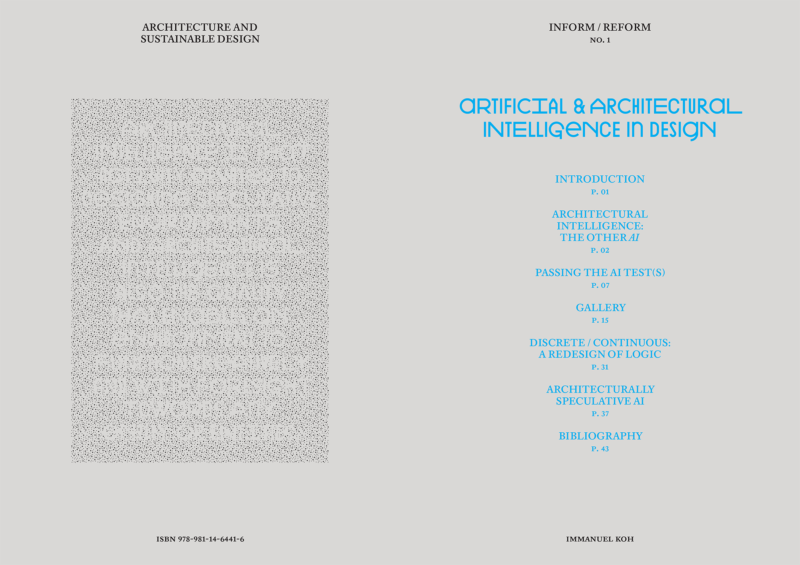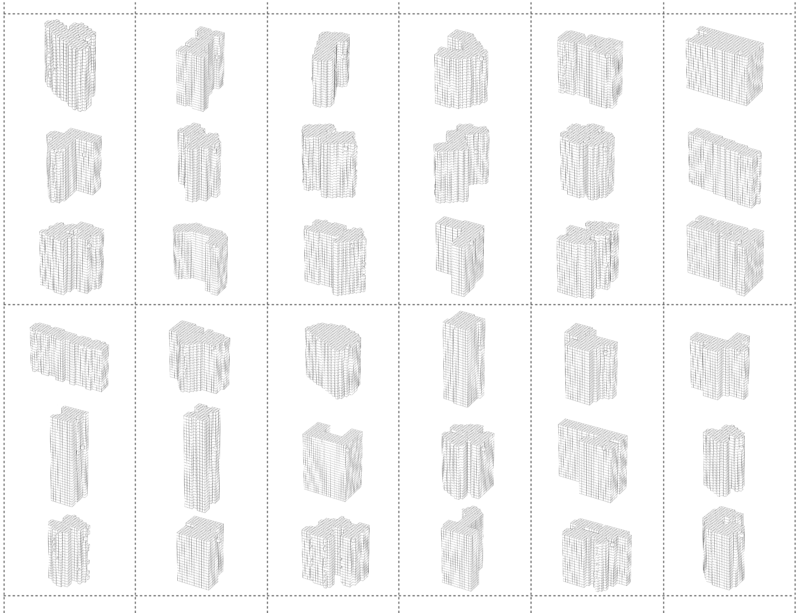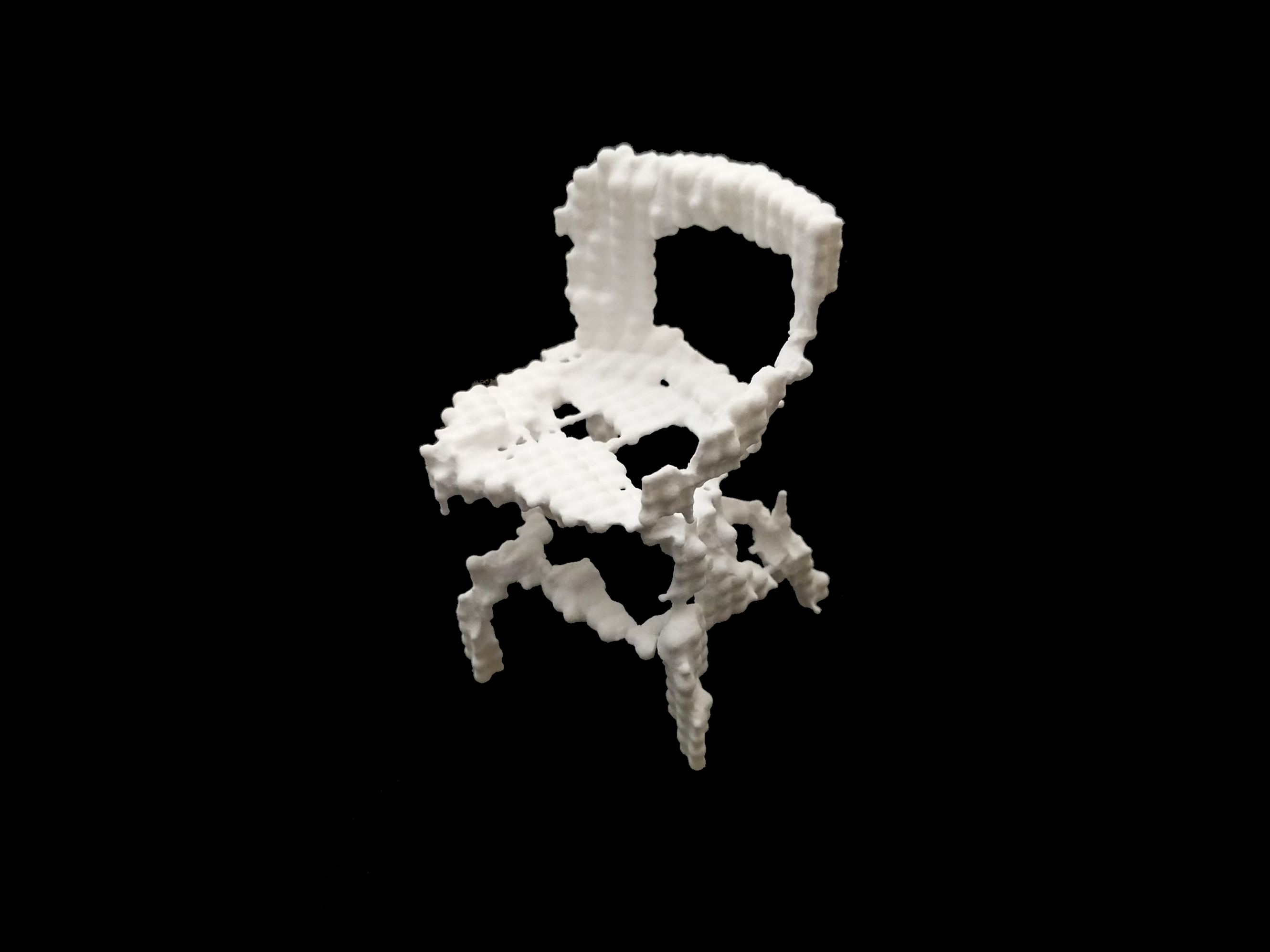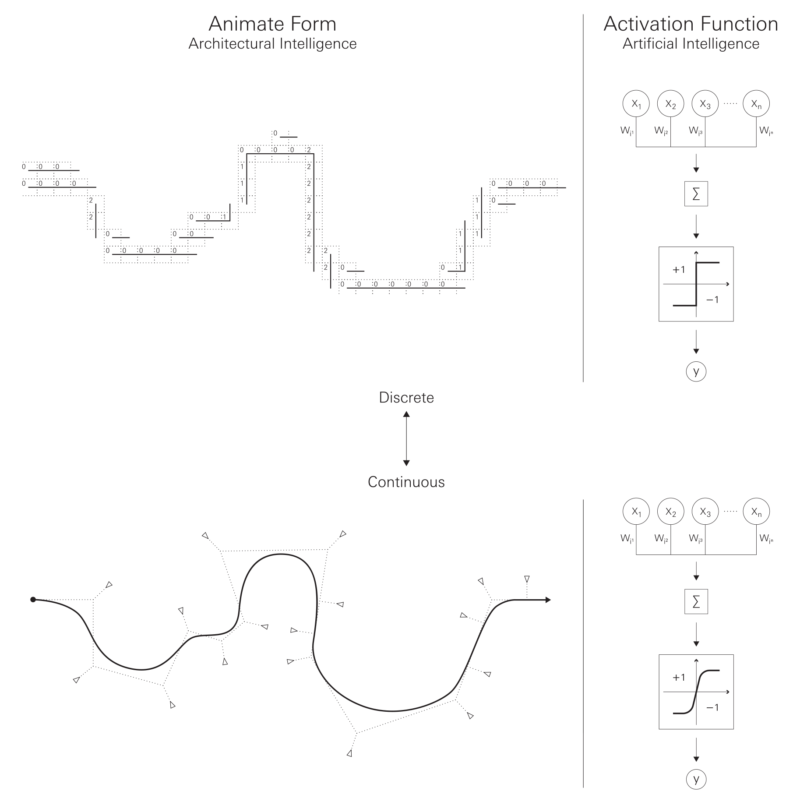Four hypothetical permutations of the Turing Test, where C is to guess which between A and B is the AI machine:
(i) Original setup where all walls are opaque and none of them could see one another.
(ii) A can see C but C could only see its reflection.
(iii) B can see C.
(iv) A and B can see and communicate with each other.
Each of these architectural configurations changes the fundamental dynamics of the Turing Test and consequentially the definition of intelligence (or power).




